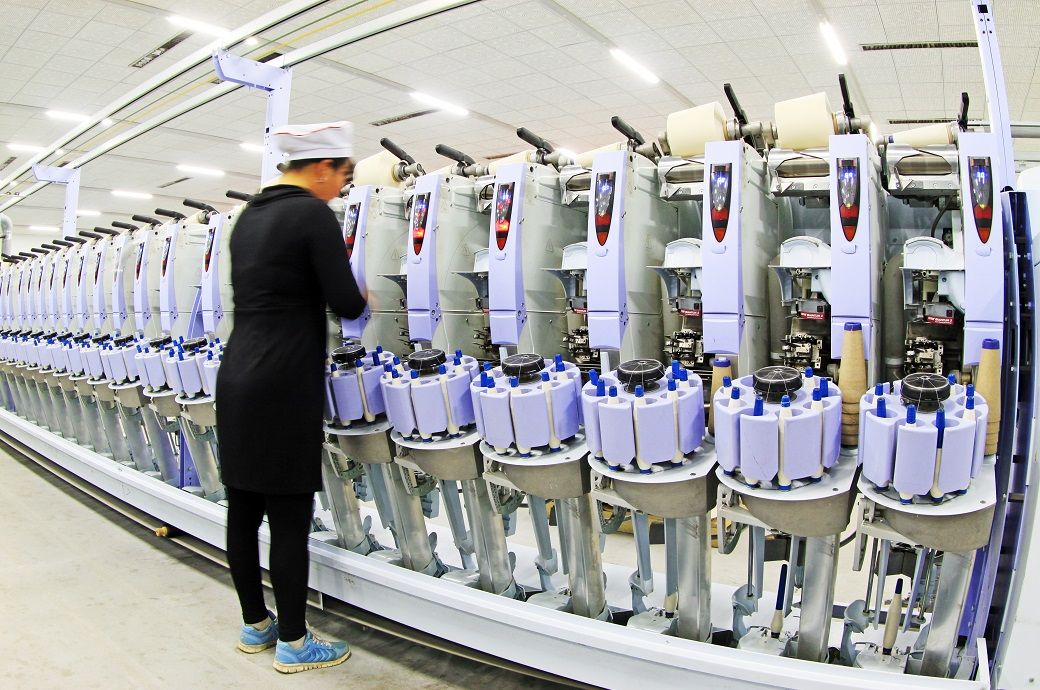
The future investment outlook also slightly improved as compared to the previous quarter as close to 40 per cent respondents reported plans for capacity additions in the next six months, by as much as over 15 per cent on an average, according to a press release by the FICCI.
The FICCI’s latest quarterly survey on manufacturing reveals that after experiencing revival of the Indian economy in FY 2021-22, momentum of growth continued in subsequent quarters of Q1 (April-June 2022-23) and Q2 July-Sept (2022-23) with over 61 per cent respondents reporting higher production levels in Q2 (July-Sept 2022-23). This is significantly more than the percentage of respondents experiencing higher growth in Q2 of the last few years including pre-COVID years. This assessment is also reflective in order books as 54 per cent of the respondents in Q2 (July-Sept 2022-23) had higher number of orders.
FICCI’s latest quarterly survey assessed the sentiments of manufacturers for Q2 July-September (2022-23) for ten major sectors namely automotive and auto components, capital goods, cement, chemicals fertilisers and pharmaceuticals, electronics, machine tools, metal and metal products, paper products, textiles, textile machinery, and miscellaneous. Responses have been drawn from over 300 manufacturing units from both large and small medium enterprises (SME) segments with a combined annual turnover of over 2.8 lakh crore.
High raw material prices, increased cost of finance, cumbersome regulations and clearances, shortage of working capital, high logistics cost due to rising fuel prices and blocked shipping lanes, low domestic and global demand, excess capacities due to high volume of cheap imports into India, unstable market, high power tariff, shortage of skilled labour, highly volatile prices of certain metals, and other supply chain disruptions are some of the major constraints which are affecting expansion plans of the respondents.
The survey reported that the current average capacity utilisation levels for textiles was 69 per cent for textiles and 90 per cent for textile machinery.
About 87.32 per cent of the respondents had either more or same level of inventory in Q2 July-September 2022-23, which is the same as compared to that of the previous quarter, where around 86.19 per cent respondents expected either more or the same level of inventory.
The outlook for exports seems to be positive as over 42 per cent of the respondents expect a high increase in exports in Q2 2022-23 as compared to the Q2 July-September of FY 2021-22.
Hiring though positive, remains below potential as 36 per cent of the respondents in Q2 2022-23 were looking at hiring additional workforce in the next three months.
Overall, the average interest rate paid by the manufacturers has decreased to 8.37 per cent p.a. as against 9.3 per cent p.a. during the last quarter and the highest rate at which loan has been raised is 13.5 per cent p.a. High lending rates were reported by around 62 per cent of the respondents.
Based on expectations in different sectors, all sectors were expected to register moderate to strong growth in Q2 2022-23.
The growth expectations for Q2 2022-23 compared with Q2 2021-22 were strong for both textiles and textile machinery (strong > 10 per cent; 5 per cent < moderate < 10 per cent; low < 5 per cent)
The cost of production as a percentage of sales for manufacturers in the survey has risen for 94 per cent respondents in the quarter. Reduced availability and high raw material prices especially that of steel, increased transportation, logistics and freight cost, and rise in the prices of crude oil and fuel have been the main contributors to increasing cost of production. Other factors responsible for escalating production costs include enhanced labour costs, high cost of carrying inventory, and fluctuation in the foreign exchange rate.
ALCHEMPro News Desk (NB)
Receive daily prices and market insights straight to your inbox. Subscribe to AlchemPro Weekly!